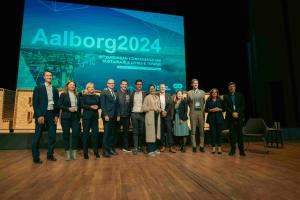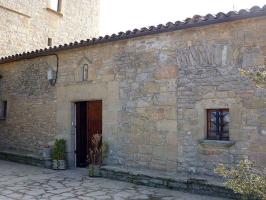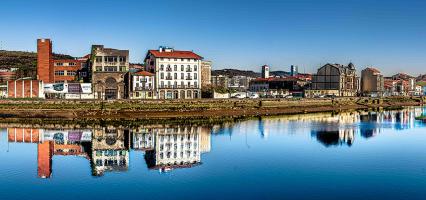Thessaloniki gets ready for its metro launch in November
The underground rapid transit lines have been under construction for almost two decades due to various project delays
 TheMayor.EU logo
TheMayor.EU logo A rise in cases around Europe is the reason for the government’s decision
With summer in full swing and with COVID-19 cases on the rise, Finnish authorities are getting ready to implement a series of new measures that are meant to stem the tide and save as many lives as possible and to prevent the need for a reintroduction of a mass country-wide lockdown.
The announcement for the introduction of new border checks came earlier today at a government press conference. Ministers stated that they are tightening measures in order to prevent a 2nd wave of the pandemic within Finland but remain open to the possibility of easing them in the future.
More specifically, the measures will once again be eased should the country record fewer than 8 infections per 100,000 people over the course of two weeks. Until then, however, 8 countries are being included in the travel checks list. The list now features several Schengen area countries, including Greece, Malta, Germany, Norway and Denmark, as well as a number of non-Schengen EU members such as Cyprus and Ireland. San Marino and Japan have also been included.
The government, however, has taken into account the specifics of some of the country’s regions. For example, parts of northern Finland that share a common border with Sweden and Norway will be subjected to different conditions. Citizens who need to cross the borders on a daily basis to lead their lives and work will not have to enter mandatory quarantine upon entry into Finland.
The goal of this policy is to safeguard and protect the economies of the regions that might be disproportionately affected by the introduction of new border checks and quarantine to neighbouring countries. Furthermore, by employing an approach that takes into account the differences between regions, the Finnish government is demonstrating its readiness to tackle pressing issues on a case-by-case basis.

The underground rapid transit lines have been under construction for almost two decades due to various project delays

Now you can get your wine in Talence by paying directly in Bitcoin

That’s because the state has to spend money on updating the railway infrastructure rather than subsidizing the cost of the popular pass

Rethinking renewable energy sources for the urban landscape

The examples, compiled by Beyond Fossil Fuels, can inform and inspire communities and entrepreneurs that still feel trepidation at the prospect of energy transition

Now you can get your wine in Talence by paying directly in Bitcoin

The 10th European Conference on Sustainable Cities and Towns (ESCT) sets the stage for stronger cooperation between the EU, national and local level to fast track Europe's transition to climate neutrality.

At least, that’s the promise made by the mayor of Paris, Anne Hidalgo

The underground rapid transit lines have been under construction for almost two decades due to various project delays

At least, that’s the promise made by the mayor of Paris, Anne Hidalgo

Hostal de Pinós is located in the geographical centre of the autonomous region

Despite its church-y name, the district has long been known as the hangout spot for the artsy crowds

Urban dwellers across the EU are having a say in making their surroundings friendlier to people and the environment.

Forests in the EU can help green the European construction industry and bolster a continent-wide push for architectural improvements.

Apply by 10 November and do your part for the transformation of European public spaces

An interview with the Mayor of a Polish city that seeks to reinvent itself

An interview with the newly elected ICLEI President and Mayor of Malmö

A conversation with the Mayor of Lisbon about the spirit and dimensions of innovation present in the Portuguese capital














